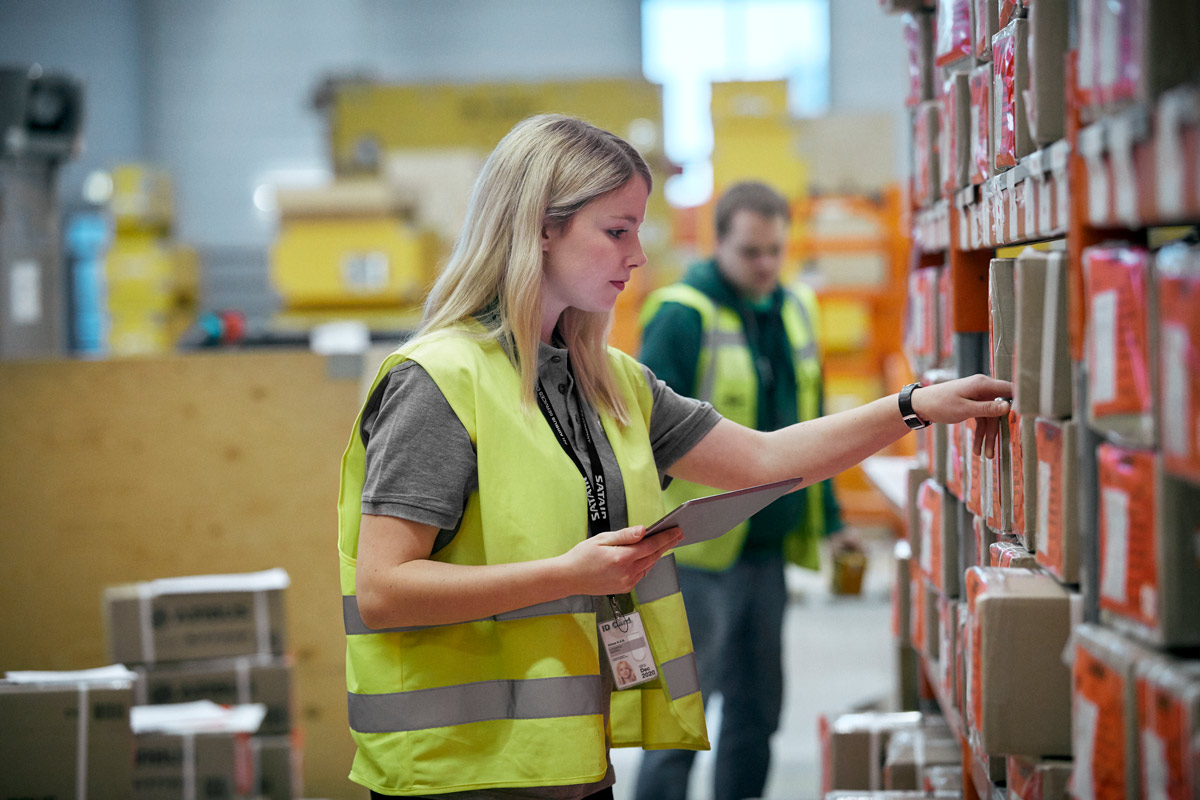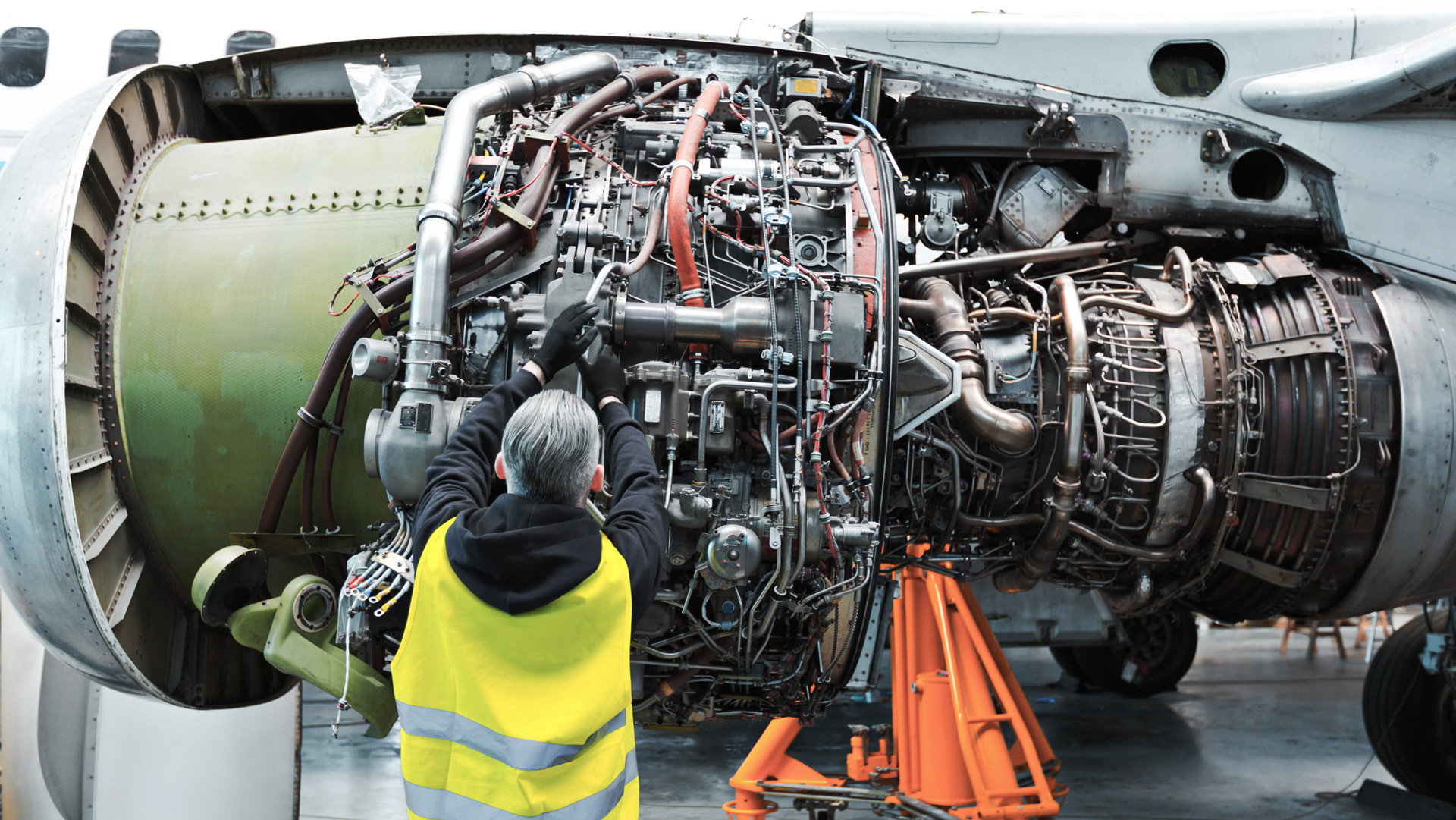The new decade started … and then, just like that, corona struck.
Only now, edging closer to 2024, can we claim aviation has fully recovered – but what about its supply chain?
How do its challenges today compare with those faced by the aviation supply chain four years ago?
In many cases, concur experts at MRO Europe 2023, the same problems exist, so what can we adjust moving forwards?
Let’s start by recalling the six challenges facing the aftermarket at the beginning of the decade, and then let the experts tell us what’s different today.
What can we learn from all this? You’ll have to read on to find out.
SIX CHALLENGES IN JANUARY 2020
1. New fleets, new demands
2. USM (Used Serviceable Material) and parts' pedigree
3. OEMs (Original Equipment Manufacturers) entering the market
4: More reliable equipment, less demand for parts
5. Airline MRO (Maintenance and Repair Organisation) practices getting more efficient
6. Staff shortage and supply chain bottlenecks
In no particular order, let’s recall the six biggest challenges facing the aviation supply chain in January 2020.
By the end of the winter, they’d all been mostly forgotten by the biggest challenge faced by the supply chain, and aviation in general, since the outbreak of World War II.
Or at least that’s what we told ourselves at the time: given how much bigger commercial aviation had become over the course of 80 years, it was far more serious than that!

1. New fleets, new demands
January 2020 CHALLENGE:
With an expected influx of new aircraft to join the fleet, there will be a demand for more robust aftermarket services. They will need to be designed to increase availability, lower operation costs, limit AOG times and extend the overall lives of aircraft. This poses a significant challenge to the aftermarket due to inconsistencies with the level of digitisation. The paper-heavy past of the parts market has yet to be completely overhauled, meaning there are frustrating levels of inefficiency when dealing with sometimes poorly organised parts records. Innovations that are in demand for newer fleets, like predictive maintenance and data sharing across decentralised cloud storage, are in direct competition with some of the archaic systems used throughout the aftermarket.
November 2023 UPDATE:
This hasn’t aged well. Instead of being replaced as planned, retirements were put on hold. Aircraft placed in hangars during the pandemic slowly returned to the skies during the heavy restrictions. Meanwhile, orders for new planes were postponed or scrapped altogether, with many airlines opting to retrofit existing aircraft instead. There was no holding back digital innovation, however, even if paper records do continue to hinder efforts to circulate spare parts. Like in other industries, the focus on data analytics and AI has grown, and predictive maintenance is increasingly enabling the aftermarket to stay ahead of demand.
2. USM and parts' pedigree
January 2020 CHALLENGE:
As we reported recently in an article questioning whether aircraft retirements would create a potential USM goldmine, we cited statistics found in a Flight Global report stating that 75 percent of the current fleet is forecast to be retired during the next 20 years. This creates some exciting opportunities for aftermarket sales. It also presents some challenges in how the data around those parts are handled. While USM is projected to be one of the fastest-growing MRO segments to hit the market, the majority of those parts are going to come with a paper-trail – not a digital one. This means that traceability could become an issue. USM provides a unique opportunity to compete with OEMs entering the market, as on average a USM part can be 60-80 percent of the price of a new part. But if spare part serviceability and pedigree are not adequately documented, then it may become difficult to maintain a cost vs convenience advantage.
November 2023 UPDATE:
Following the slowdown of new planes entering the market since the onset of the pandemic, the industry is less optimistic that retirements will create a potential USM goldmine anytime soon. Meanwhile, traceability has become an issue – as predicted – and more parts today come with digital records, although paperwork still remains a problem.
3. OEMs entering the market
January 2020 CHALLENGE:
As we discussed in our 7 Big Aftermarket Trends of 2020, OEMs dipping their feet into the aftermarket pool causes substantial issues for smaller MRO and parts providers. Smaller parts providers will almost always have a disadvantage compared to larger OEMs that have the power to develop vast aircraft service packages that encompass both proprietary systems software and product solutions. As we move into an industry that will soon be driven by decentralised parts and service data, we could see OEMs able to harvest large pools of aircraft and parts data, which can be fed into AI-driven, blockchain-protected systems to provide highly accurate maintenance data.
November 2023 UPDATE:
Again the pandemic delayed this issue somewhat, so the general sentiment of this challenge remains the same. The OEMs are certainly dipping their feet, and not everyone is playing fair. Instead of being fiercely protective of their data, the industry would like to see more sharing and collaboration.
4: More reliable equipment, less demand for parts
January 2020 CHALLENGE:
Airframers and OEMs are getting better and better at maximising the efficiency of their parts. This is fantastic news for airlines, but not for suppliers. Newer aircraft are not only more technologically advanced, they're also more efficient and require less maintenance. As new-gen fleets become the norm, this will inevitably reduce the demand for replacement parts and maintenance. Newer narrow-body aircraft are estimated to be about 15-20 percent more efficient than the versions they are replacing. These aircraft will have longer maintenance intervals and lower heavy maintenance spend, simply because they are designed better and use better materials.
November 2023 UPDATE:
The excitement generated by new-gen aircraft is already subsiding in an aftermarket now more preoccupied with sustainable options.
5. Airline MRO practices are getting more efficient
January 2020 CHALLENGE:
Airlines – thanks partly to long-term service contracts with airframers and OEMs, as well as the emergence of predictive maintenance – are becoming more emboldened to make the most of their spare parts. Demand has been lowering for several years – as reported by Roland Berger in 2015. And again in 2019, a similar report demonstrated suppliers are still under pressure from airlines cutting costs, doing more in-house and shoring up their supply chain.
November 2023 UPDATE:
This challenge undoubtedly remains, but the MROs are simply innovating. Faced with a decline in traditional demand for spare parts, new startups are leveraging data and AI-driven technology to enable savings the airlines didn’t think were possible.
6. Staff shortage and supply chain bottlenecks
January 2020 CHALLENGE:
The last, and arguably most significant, challenge the aftermarket will face in the coming years is a lack of qualified staff to operate the global aviation machine. The looming threat of labour shortages in material management and maintenance could lead to bottlenecks along the supply chain. Rapid advancements in aircraft technology and data-driven software analytics are already driving demand for technicians that can cross the gap between digital and mechanical expertise. This same demand can be seen in material management, where new technologies are requiring further knowledge and understanding of subjects like additive manufacturing, enhanced GSE and inventory management.
November 2023 UPDATE:
The pandemic made this challenge even more insurmountable, as thousands of skilled personnel lost their jobs and migrated to other industries. They simply cannot be replaced, so the only choice left to the industry is innovation.
January 2020 CONCLUSION:
Looking at the challenges presented above, it's safe to say that none of them crept up on the aviation aftermarket unaware. In fact, many of these challenges are as a result of parts suppliers not having the same resources as larger OEMs to keep pace with the steady march of technological progress. Regardless, progress is relentless, and aftermarket suppliers are going to need to address the challenges head-on to maintain a competitive presence in the market.

NOVEMBER 2023 CONCLUSION:
MRO Europe 2023 was a hotbed of discussion, debate and ... dare we say it ... progress. Certainly, the challenges facing the industry today, as identified by the experts we spoke to, suggest the aviation supply chain is making progress. But it can't afford to stop innovating – in almost every conceivable capacity.